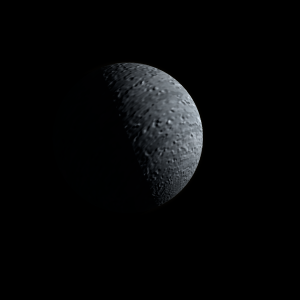|
|
Space Astro
|
Info for exoplanet "Berdita"
| Scientific (actual) data |
|---|
| Name | NGTS-1 b |
| Planet status | Confirmed |
| Planet mass | 0.812 |
| Radius | 1.33 |
| Orbital period | 2.6473 |
| Semi major axis | 0.0326 |
| Orbit eccentricity | 0.016 |
| Inclination | 82.8 |
| Discovered | 2017 |
| Updated | 2017-10-31 |
| Tzero tr | 2457720 |
| Impact parameter | 0.9948 |
| K | 166 |
| Temperature (kelvin) | 790 |
| Publication | Published in a refereed paper |
| Detection type | Primary Transit |
| Mass measurement type | Radial Velocity |
| Radius measurement type | Primary Transit |
| Star name | NGTS-1 |
| Right ascension | 82.72° |
| Declination | -36.63° |
| Star distance | 224 |
| Star metallicity | 0 |
| Star mass | 0.617 |
| Star radius | 0.573 |
| Star sp type | M0.5 |
| Star temperature | 3916 |
| Wikipedia article | NGTS-1 b |
Back
| |
| Fictional info (?) |
|---|
| Suggested name | Berdita |
| Planet type | Hot gas giant |
| The volume of water ice in the south polar ice cap, if melted, would be sufficient to cover the entire planetary surface to a depth of 19 meters. |
| Atmosphere | Nitric oxide | 99% |
| Atmospheric pressure | 40 bar |
 |
| No known satellites |
| Google search for Berdita |
|
Website by Joachim Michaelis
|
|
|
|